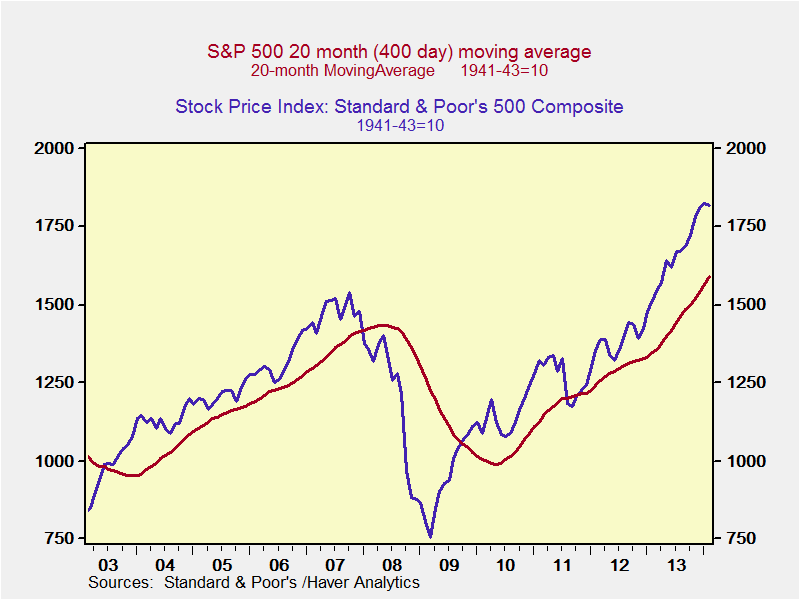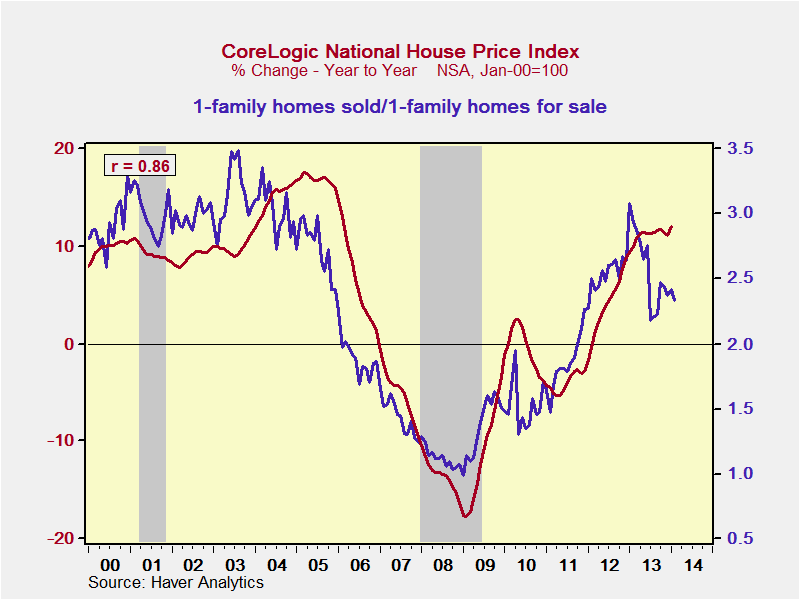In the previous four posts in this series, we focused on the role of the dollar in the U.S. economy. We found that the money supply has actually been growing more slowly than the economy as a whole, and that, for most sectors, credit isn’t a problem either. In fact, scarcity—one of the two key properties of money—is being maintained at reasonable levels. We also looked at how that might change in the future, and what to watch for.
Now, let’s move on to the role of the dollar in the international system—specifically, the question of whether the dollar will collapse or at least lose its role as the world’s reserve currency. In this discussion, our conclusions about scarcity remain, but an added dimension must be considered: how scarcity has been maintained for the dollar, not just in absolute terms but also in relative terms, compared with other currencies. Next, we have to reintroduce the concept of exchangeability, which, besides being a fundamental characteristic of money, is also key in analyzing the future of the dollar.
Let’s start with scarcity. There’s been a great deal of press about how much the Fed has increased its balance sheet, and, in absolute terms, I agree: it is horrifying. The relevant measure of comparison, however, isn’t how much we have done this, but how much in terms of the size of our economy. The U.S., with a much larger economy, can act at much higher levels and still have less of an effect on the entire system than a smaller economy. The chart below, from BlackRock, shows just how much less exposure the U.S. has compared with other countries. In absolute terms, it is more; as a proportion of the economy, it’s much less.
Looking at this—and knowing that the Fed’s balance sheet and excess reserves are not, in fact, translating into excessive money supply growth or credit growth in most areas—we can conclude that, on a relative basis, the U.S. dollar is maintaining its scarcity level much better than the competition.
The other piece of the puzzle is the fiscal picture. Here, the U.S. still does relatively well, but less so. The following chart, also from Blackrock, shows the relative deficits in the U.S., several European countries, and Japan. Although we do less well in this regard, the country has made substantial improvements, suggesting that any problems created in the future will be smaller than those in the past—which, from a scarcity standpoint, haven’t been large.
 From a scarcity perspective, then, the value of the dollar appears to be reasonably solidly anchored compared with its competitors, making any collapse or shift unlikely, certainly in the near term.
From a scarcity perspective, then, the value of the dollar appears to be reasonably solidly anchored compared with its competitors, making any collapse or shift unlikely, certainly in the near term.
Notable by its omission above, though, is the Chinese yuan/renminbi. It is difficult to derive a meaningfully comparative data series for China, as the government and private sector are much more centralized and intertwined, per my interview with the fund manager in Hong Kong that I posted a couple of weeks ago. Because of that, estimates of the debt carried, and fiscal gaps, vary widely. Also complicating the issue are the unknown potential liabilities associated with its financial system and state-owned enterprises.
Overall, it seems reasonable that China is probably in a somewhat better position than the U.S., but the size of that advantage is doubtful and may not, in fact, exist. For purposes of this analysis, I’m going to give China a pass as comparable to the U.S.—with the proviso that, if it is in a better position, the advantage is limited—and move on to the next component of an international currency, which is exchangeability. Given the relative scarcity advantage, or at least lack of a disadvantage, exchangeability will be the key to any reserve currency.
In order to act as a reserve currency, a number of requirements must be met—size, stability, investability, and portability—all of which add up to what I have called exchangeability. Let’s take the U.S. dollar as an example. It is the largest currency out there, meaning there is enough of it to lubricate the world economy; it is politically and economically stable (the U.S. isn’t going away); it is investable, with the U.S. Treasury markets being the largest and most liquid markets of their kind in the world; and it is portable (there are no capital controls to prevent you from taking your money home).
The first criterion, size, eliminates all currencies except the dollar, the euro, the yen, and the Chinese yuan. Using stability probably eliminates the euro for at least the next decade, as it’s still uncertain whether the currency will survive. That leaves the dollar, the yen, and the yuan. Economic stability eliminates the yen, at least on a relative basis, as both its debt and deficit are much worse than those of the euro and the dollar. That leaves the dollar and the yuan. Investability and portability both eliminate the yuan, as it’s not freely convertible yet, nor are the yuan bond markets large enough to support investment of currency surpluses—yet, anyway.
Using this analysis, we can see that the euro and the yuan are both potential competitors for reserve currency status with the dollar, if they can overcome certain weaknesses. The Chinese government is actively working to mend those, and we can reasonably expect the yuan to become a reserve currency in the next decade. Note that I say a reserve currency, not the reserve currency.
I make that distinction because of the final factor we must consider: network effects, which we can think of as “the Amazon.com effect.” I have an Amazon account, I’ve paid for Prime service, and, frankly, it would be tough to get me to switch to another primary Internet retailer. Any new provider would have to be not only better, but much better, to warrant me taking the time and inconvenience to switch. The costs involved with switching from the U.S. dollar are much larger, and the network effects much larger, than switching from Amazon. So, while it’s certainly possible and even probable for a new reserve currency to emerge (probably the yuan), that doesn’t necessarily spell the demise of the dollar’s primary role.
The only thing that could really force such an outcome would be if we, as a country, actively made the dollar less attractive, such as by defaulting on our debt. We’ll talk about the risks on the downside tomorrow, in the last post on this topic.


 Print
Print



